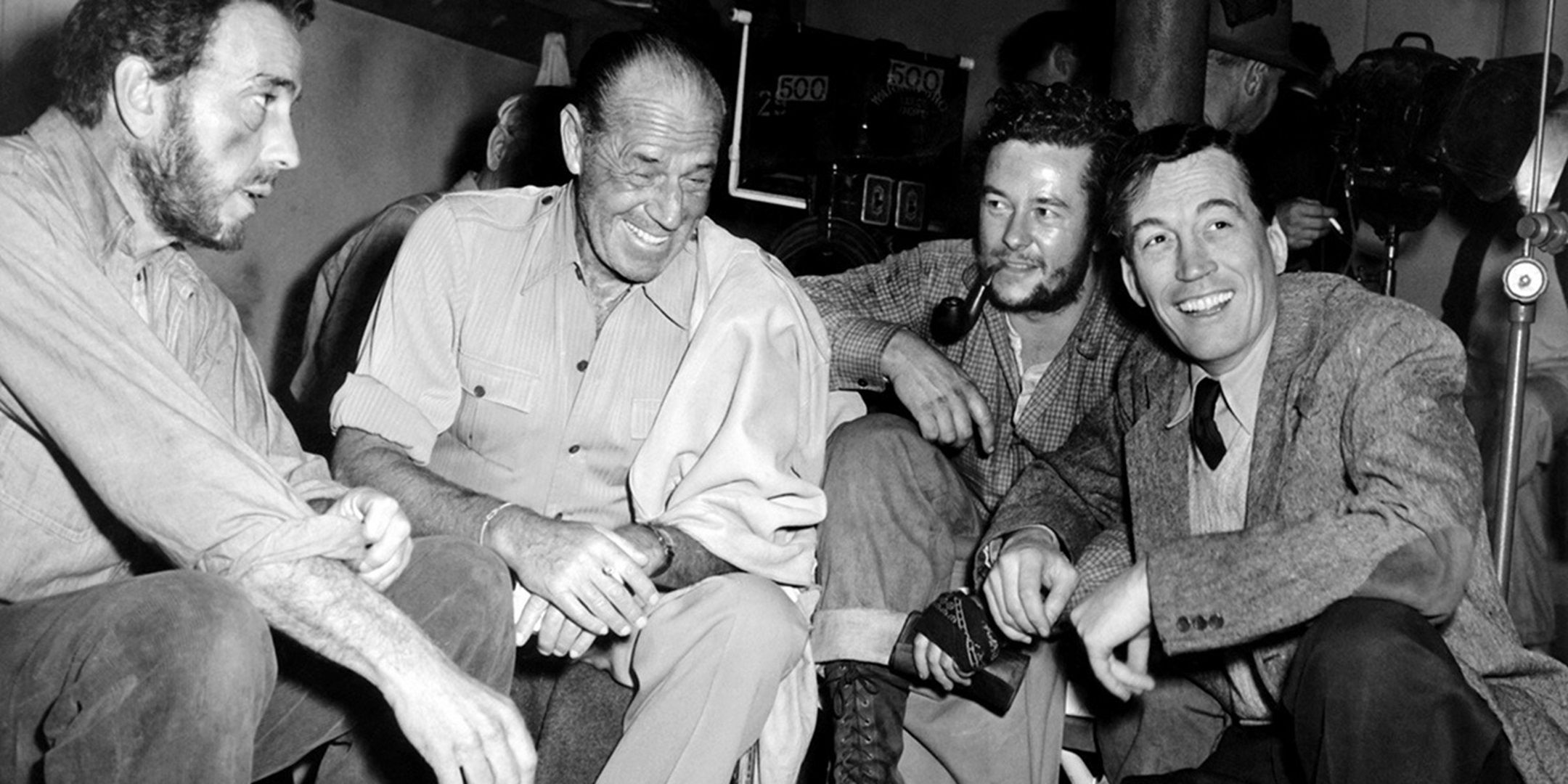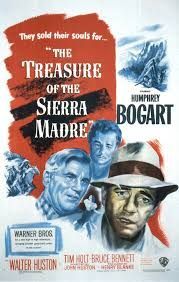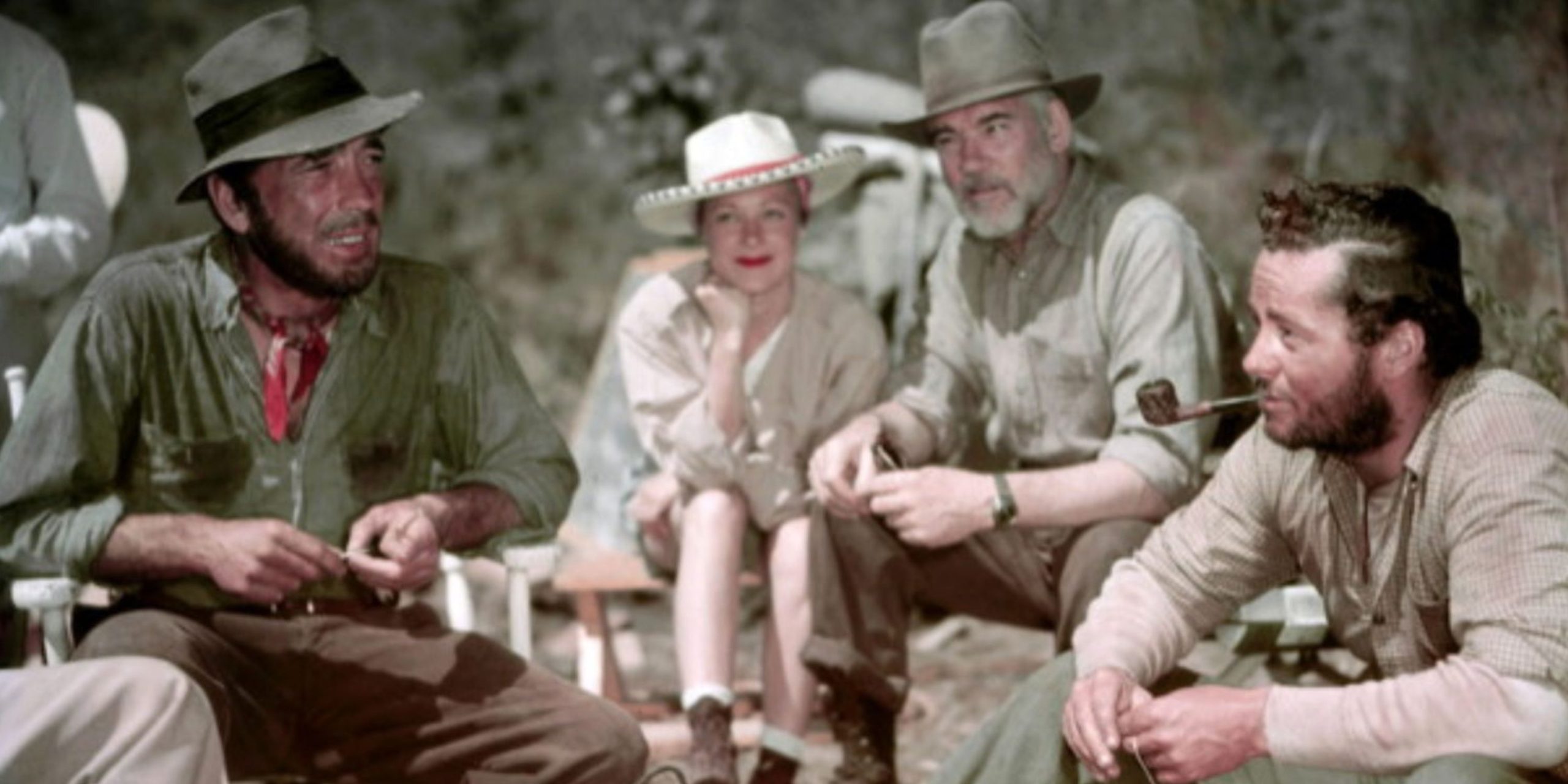
Before films like The Wolf of Wall Street and other modern Hollywood movies explored the complexities of avarice, a Western known as The Treasure of Sierra Madre did it first, teaching audiences that gold has a way of “changing a man’s soul so he ain’t the same kind of guy he was before finding it.” Released in 1948, John Houston’s masterpiece starred Humphrey Bogart and became a powerful indictment of capitalism by focusing on the insidious way greed takes hold in the human soul when the opportunity presents itself.
In The Treasure of Sierra Madre, three men journey to a foreign country hoping to find gold. One of these men won’t return home, and the other two will never be the same again because once that yellow metal gets hold of them, it blackens their souls. That lesson is as relevant today as ever, just like The Treasure of Sierra Madre.
UPDATE: 2024/11/13 23:07 EST BY BRIAN CRONIN
I’ve updated this excellent look at The Treasure of Sierra Madre to spotlight what John Huston has to say about the film over the years.
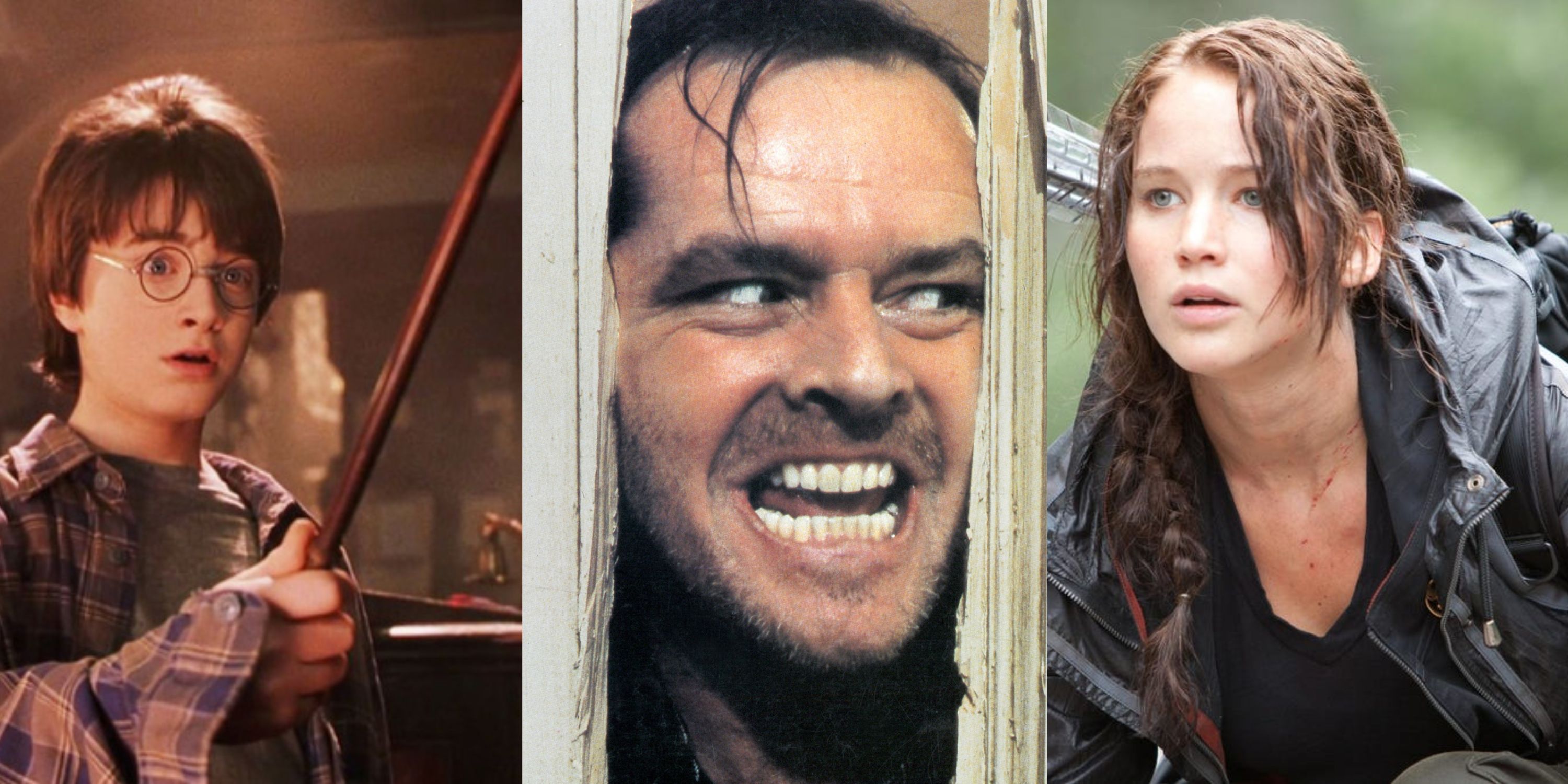
Related
The 10 Greatest Book To Screen Adaptations, Ranked
Fans have been treated to numerous great book adaptations, from the Harry Potter series to The Shining to Game of Thrones.
Is The Treasure of Sierra Madre Based on a Book?
Yes, But Securing the Rights Involved Smoke and Mirrors
After reading The Treasure of Sierra Madre written by author B Traven (a writer with a lot of mystery around him), director John Huston decided that that story would be his next film following the monumental success he experienced, having made The Maltese Falcon. Huston originally planned to shoot the movie in 1941 with a cast comprised of George Raft, John Garfield, and Edward G. Robinson in the three lead parts, but once World War II broke out, he shelved the idea to focus on making documentaries to assist in the war effort.
Following the war’s end, John Huston returned to the idea of making The Treasure of Sierra Madre his next movie. So, he tracked down B Traven to get permission to use his book. Their rendezvous was set at a Mexico City hotel in 1946, but when Huston arrived, he found someone else waiting for him instead: a translator named Hal Croves. Croves was remarkably authorized to make decisions on Traven’s behalf and agreed to let Huston make the film on the basis that he was hired as a technical advisor. Somewhat humorously, once filming finally began, it became apparent to Huston that Hal Croves was (in all likelihood) B. Traven in disguise.

Related
Superman’s Life Was Saved By… Humphrey Bogart?
In their feature that spotlights famous people in comics under different names, CSBG shows Humphrey Bogart saving Superman’s life!
What Is The Treasure of Sierra Madre About?
The Transformative Power of Greed, Pure and Simple
At its core, The Treasure of Sierra Madre concerns three men named Fred C. Dobbs (played by Humphrey Bogart), Bob Curtin (played by Tim Holt), and Howard (played by none other than the director’s father, Walter Huston). At the beginning of the film, Dobbs and Curtin pool what little money they have together, along with the winnings Dobbs has made off a lottery ticket to go panning for gold. Along the way, they encounter Howard, an old hand at gold-digging, ignoring his warning that the temptations wrought by gold will eventually lead to madness.
On their way up the Sierra mountains, the trio wastes valuable resources on fool’s gold, engages in battle with banditos, endures a northern blast of a mighty wind, and nearly breaks one another’s skulls open. Upon discovering actual gold, corruption worms its way into the group. Curtin contemplates leaving Dobbs to die in a mine cave-in, and while Howard ultimately saves a child in danger (and Curtin’s life as well), he doesn’t do the same for Dobbs.
Instead, Dobbs is brought low by his greed for gold and slowly loses all grip on reality, slipping into full-blown paranoia. Devoid of human intelligence by the end of the film, Dobbs is more animal than man, betraying Curtin by shooting him and leaving him for dead. Shortly after that, Dobbs is attacked by banditos who corner him while he’s alone, kill him, and take his belongings.
After nursing Curtin back to health, Howard and his partner return to their former camp to find Dobbs dead and the gold they had painstakingly panned floating through the wind back to where it came from. Overwhelmed by what they have discovered, both men eventually understand the irony of their situation, and their demeanor soon shifts to uncontrollable laughter in an iconic final scene.
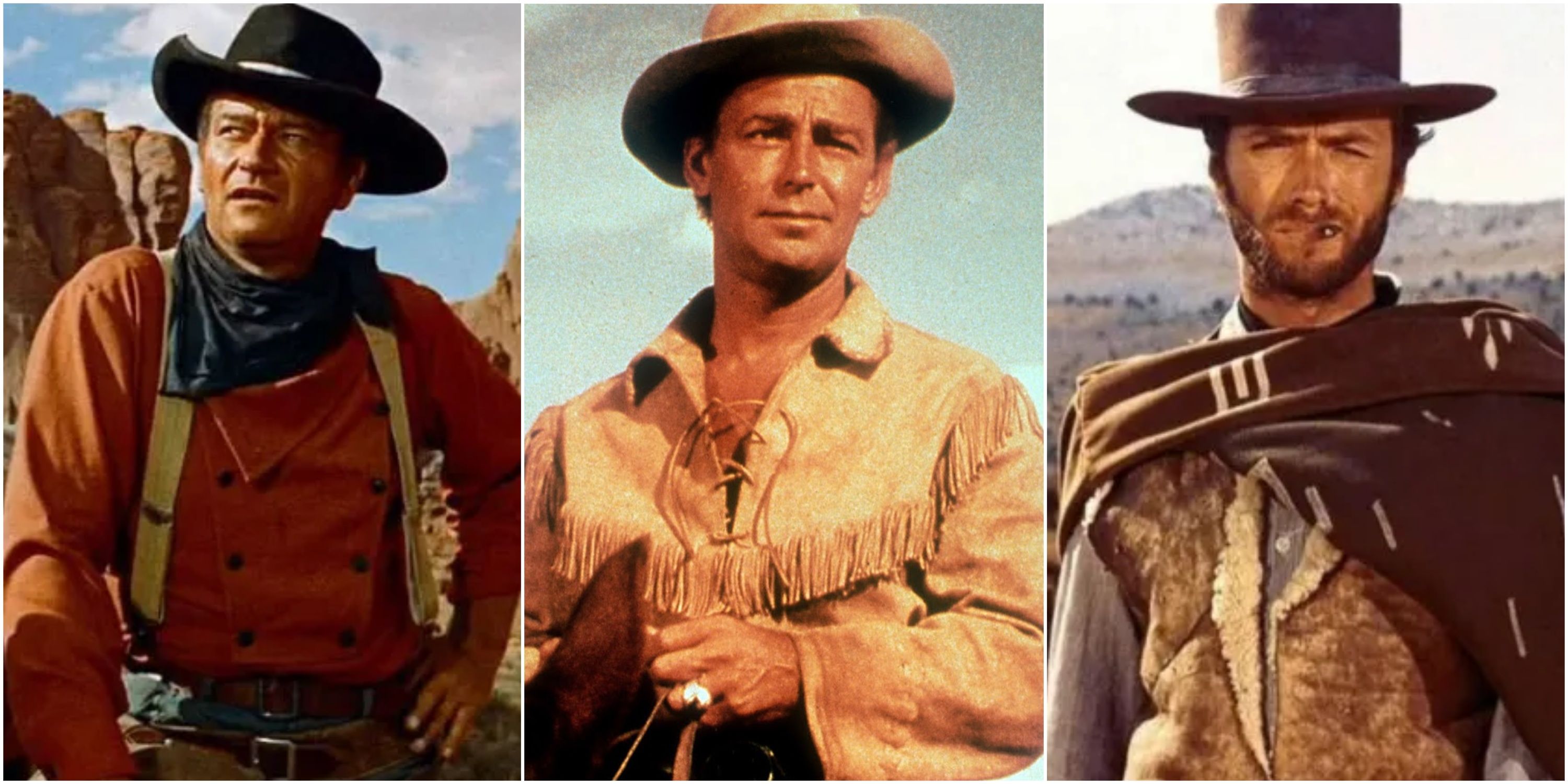
Related
10 Greatest Westerns That Defined The Genre
The Western genre of movies is a staple in Hollywood, and there are a few films that helped to elevate and define the classic genre.
What has John Huston had to say about The Treasure of the Sierra Madre over the years?
Which scene from the film did he say was one of his all-time favorite scenes that he directed?
Huston was one of the best interview subjects when it came to the discussion of film, and he has spoken extensively about The Treasure of Sierra Madre over the years.
In 1973, Huston was asked, “If you could put just one scene from any of your films in a time capsule and label it John Huston, director, what would it be?” He answered, “Well, it would have to be my old man dancing in The Treasure of Sierra Madre.”
He later recalled about the scene, “The point is he gets the young character, played by Tim Holt, to laugh, too. They laugh at the absurdity of the venture. My father could inspire that kind of awareness and laughter in others. He would laugh and get me laughing—not necessarily at a joke. Usually it was a shared weakness he spotted or made me see that brought on that marvelous laughter. I haven’t laughed like that since he died.”
What’s interesting is that Huston, in general, believed that it was difficult to pin his work down, stating in 1973, “Critics have never been able to discover a unifying theme in my films. For that matter, neither have I…I don’t seek to interpret reality by placing my stamp on it. I try to be as faithful as I can to the material I have chosen to film. Everything technical and artistic in the picture is designed to depict that material for an audience.”
However, in 1974, an interviewer pointed out to Huston that it seemed like The Treasure of Sierra Madre DID highlight a certain aspect of Huston’s oeuvre, that he tends to deal with “dreams turned to ashes,” and that certainly describes The Treasure of Sierra Madre. lt clearly struck Huston, explaining, “I’m not consciously aware of it. But I suppose it is there. As the French put it, living is the pursuit, not the gain. It’s the fox hunt and not the fox that matters. Success stories, as such, have never interested me much. In any event, I don’t see any particular continuity in what I’ve done. I am just surprised at how different each picture is from the other.”
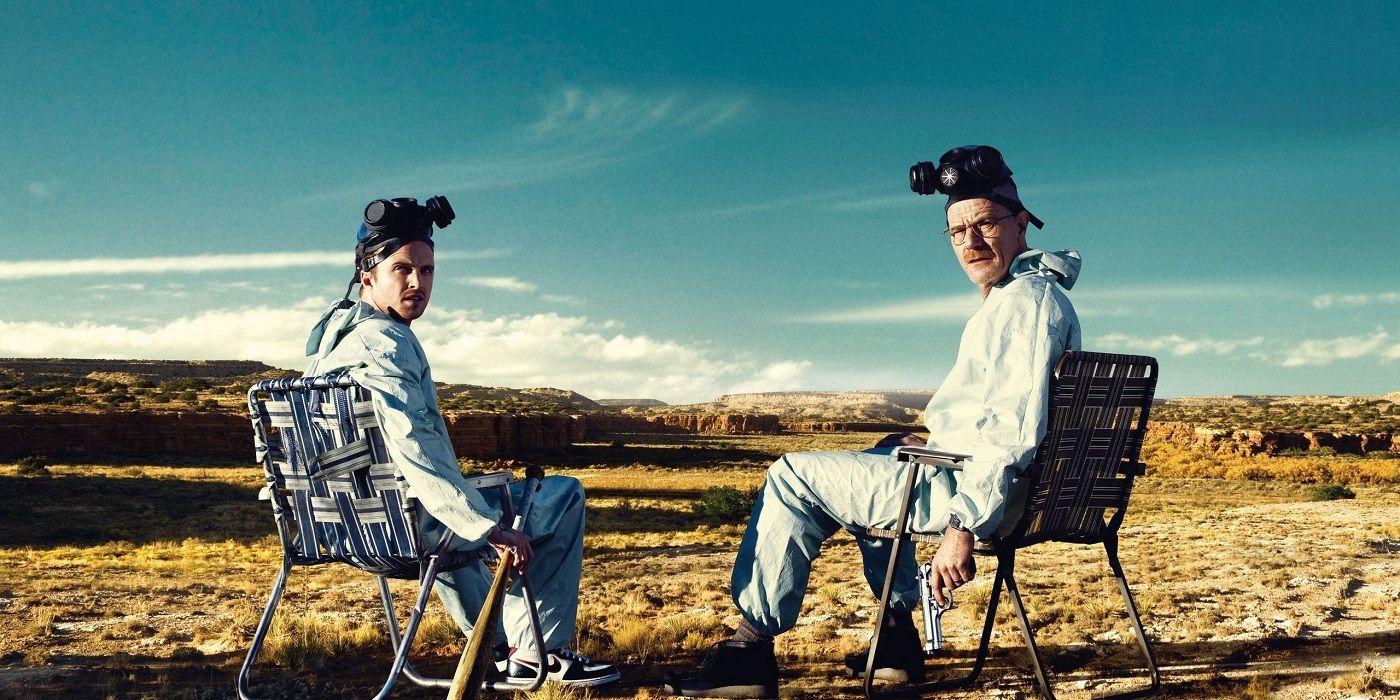
Related
Breaking Bad’s Greatest Inspiration was a 1948 Humphrey Bogart Film
Breaking Bad creator Vince Gilligan cites a Humphrey Bogart film as a major influence, and it’s easy to see why.
What Is The Historical Significance of The Treasure of Sierra Madre?
It’s Your Favorite Filmmakers’ Favorite Western
The Treasure of Sierra Madre is a hybrid Western and adventure movie with many noir-like elements. The latter is most clearly seen in its characters’ cynical tone, pessimistic worldview, and the technical decision to use high-contrast lighting. It’s one of cinema’s most treasured classics today, but believe it or not, it wasn’t always that way.
Filmed in Durango and Tampico, Mexico, The Treasure of Sierra Madre holds the distinction of being one of the first Hollywood movies to be shot almost entirely on location (outside the United States). Even better, with the studio being so far away from the production, it rendered them unable to exert control over the shoot, giving John Huston far more creative freedom than he otherwise would have had. Unfortunately, the dailies eventually gave the studio pause for concern, and Jack Warner ordered Huston and his team back to the States to complete the film, which ultimately came in 29 days over schedule and several million dollars over budget.
Another note John Huston received from the studio was a request to tone down his father, Walter’s performance as Howard. Considering Huston would go on to win the Academy Award for Best Supporting Actor for this role, that sounds like an odd decision, but the reason for it was that Humphrey Bogart was jealous Howard was stealing every scene he was in. Bogart was even quoted as saying at the time,
“One Huston is bad enough, but two are murder.”
As for Humphrey Bogart himself, although he had played gangsters, criminals, and anti-heroes before The Treasure of Sierra Madre, this was the film in which he was allowed to break bad completely (even if that fact isn’t revealed until about halfway through the movie). His transformation from a sympathetic drifter to a valuable team player to an eventual avaricious turncoat mesmerizes. Audiences didn’t often get the chance to see Bogart so utterly despicable, and that’s one of the biggest reasons why this role ranks so highly in his pantheon. He reportedly told a critic he ran into at a New York nightclub before the film’s release, “Wait ’til you see me in my next picture. I play the worst shit you ever saw”.
Similar to films like Citizen Kane, It’s A Wonderful Life, and Vertigo, The Treasure of Sierra Madre wasn’t a hit at the box office when it was first released. Among the reasons audiences and critics pointed to at the time are, ironically, what makes the film so treasured today, like its downbeat ending and its willingness to stay true to the plot and tone of the original novel, which defied the conventional formula for movies in the 1940s.
Perhaps because of this lackluster reception, The Treasure of Sierra Madre also lost out on Best Picture to Laurence Olivier’s rendering of Hamlet. At the very least, though, it secured wins for not only Walter Huston in the category of Best Supporting Actor but also his son. John Huston impressively walked home with the Oscars for Best Screenplay and Best Director.
Most important is the legacy The Treasure of Sierra Madre left behind for future filmmakers. This film not only inspired the gritty realism that Sam Peckinpah soon brought to the Western genre, but one of the greatest directors of all time, Stanley Kubrick, referred to The Treasure of Sierra Madre as one of his favorite films. George Lucas and Steven Spielberg also took inspiration from the movie, borrowing Dobbs’ fedora to become the official hat of their creation, Indiana Jones. Even Paul Thomas Anderson claimed to have watched Sierra dozens of times to capture the proper atmosphere and tone for There Will Be Blood.
All of which is to say that over seventy years after its original release, The Treasure of Sierra Madre is still just as good at worming its way under our skin and leaving us questioning the limits we will go to in order to secure financial freedom. It’s a story told with humor and adventure, but most importantly, it serves as a warning that no one is immune to the corruption of greed.
Discover more from reviewer4you.com
Subscribe to get the latest posts to your email.
